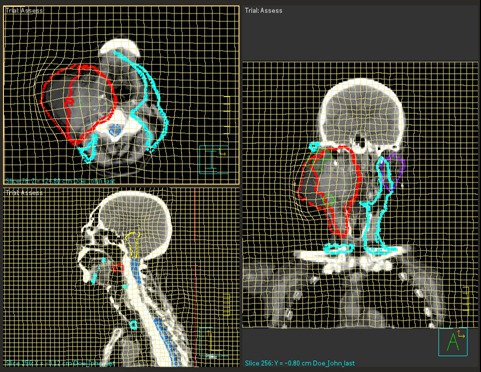An important trend to increase quality in cancer care is intelligent automation - making the work of clinicians in diagnostics, treatment planning and treatment delivery less labor-intensive. Philips is introducing intelligent automation in all our imaging devices and planning software. Intelligent automation can help you get your work done quicker and achieve a consistent quality of treatment plans that is not as dependent on the skill of the individual operator. But intelligent automation is about more than just saving time: by reducing the repetitive work and freeing clinicians to focus on what really matters, intelligent automation has the potential to increase the efficiency of a busy department and, more importantly, to improve the quality of treatments in such a high-risk field as radiation oncology.
Innovative technology has already made its mark
The management of cancer care has improved tremendously over the last decade. Innovative technology helps with early diagnosis, and a range of treatment options such as radiation therapy target the disease with increasing precision - sparing healthy tissue and enhancing the quality of life for patients worldwide. Yet more needs to be done, and we at Philips are busy making an impact in the fight against cancer throughout the health continuum: from prevention to diagnosis to treatment and home care. One area of focus is radiation therapy. This field has seen a lot of development in recent years, with sophisticated imaging and software that allows clinical teams to create high quality, personalized treatment plans.
Device integration, a backbone of intelligent automation
Philips is in the unique situation that we produce imaging and treatment planning equipment whose open architecture make them compatible with most of radiation therapy devices, whether for conventional radiotherapy or for proton therapy. That allows us to integrate much of the functionality between these devices to streamline the process of patient care from the first appointment to the treatment follow-up. The benefits are easy to see: busy departments can increase their efficiency, built-in communication between tools helps achieve consistent treatment quality and patients spend less time waiting. Instead of waiting several weeks from simulation to the start of the treatment, treatment can now start within a day or two after the simulation.
These are not minor changes for patients: It reduces adverse effects that may occur through additional weeks of waiting, like perhaps a lack of appetite or sleep.
Changing the paradigm
Of all the intruders in a household, cancer is certainly considered one of the most frightening. With our fully integrated approach for radiation oncology imaging and treatment planning, Philips is committed to improving accuracy, increase workflow efficiency, and work towards better outcomes for clinicians and patients. Intelligent automation and integration of our equipment across the continuum of care is one way we are striving to change this paradigm. When Philips Radiation Oncology solutions can quickly, efficiently and reliably take on the repetitive tasks in cancer treatment planning, clinicians are freed to focus on what’s most important - their patients.
For more information
Written by:

Abhimanyu Chakrabarti, PhD Director, Global Marketing, Radiation Oncology Systems


